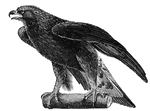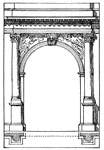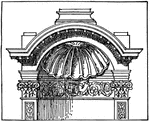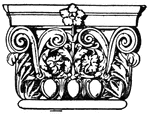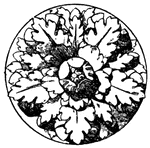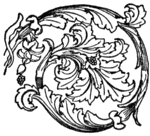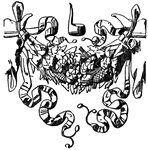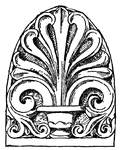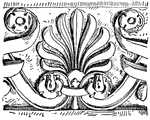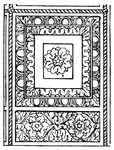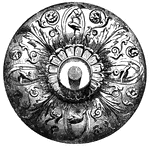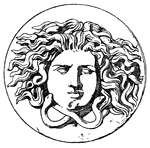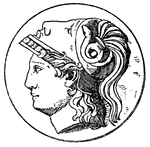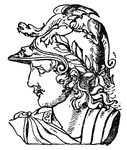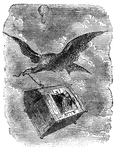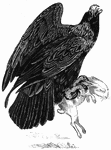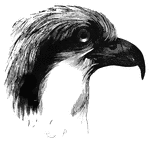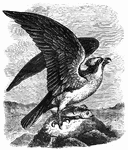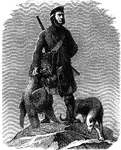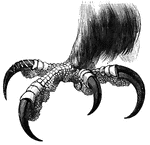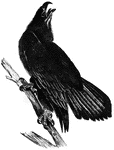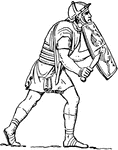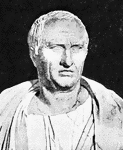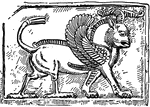
Assyrian Relief Sculpture
The griffin, a monster with a lion's or panther's body and the head and wings of an eagle, played an…
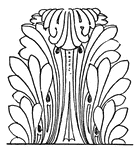
Acanthus Leaves
The Roman acanthus constitutes a type, rather than a particular form of leaf. As compared with the Greek…
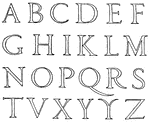
Roman Renaissance Alphabet
Roman Renaissance uppercase alphabet, 1547, specimen beek of John of Yciar, Durango, Biscaya.

Roman Renaissance Alphabet
Roman Renaissance lowercase alphabet, 1553, specimen book of Wolfgang Fugger, Nurenberg.
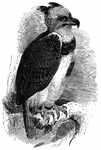
Harpy Eagle
Genus Harpyia, it is one of the largest, most fierce, and powerful eagles. It has a crest of…
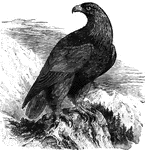
Royal Eagle
Also known as the common eagle of Europe, (A. fulvus) these large eagles nest on the inaccessable…
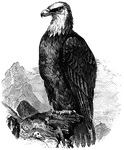
Bald Eagle
Bald (or white-headed) eagle, H. leucocephalus, common along sea-coasts, lakes, and rivers.
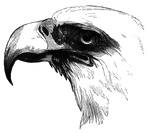
Head of a Bald Eagle
The head of a bald eagle. The distictive white plumage of this area earned it its nickname.
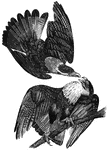
Caracara Eagle
The caracara eagle, genus Caracara found in Cental and South America, as well as portions of…

Head of an Eagle Owl
Head of an eagle owl. It has large eyes for seeing at night, and a hooked beak for snaring its prey.

Eagle Owl
Eagle or great-horned owl, found in Europe and northern asia. It feeds on hares, rabbits, moles, mice,…

Representation of 1775
Virtual representation, 1775. 1. One String Jack, Deliver your property. 2. Begar, just so in France.…
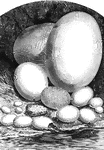
Comparative view of the size of the eggs of different animals
1, Epyornis; 2, Ostrich; 3, Cassoway; 4, Wild Goose; 5, hen; 6, Pigeon; 7, Humming-bird; 8, Eagle; 9,…

Society of the Cincinnati
"Society of the Cincinnati, member's certificate. This engraving is a fac simile of a certificate, about…

Order of the Cincinnati
"Order of the Cincinnati. This was drawn from an original in the possession of Edward Phalon, Esq.,…

Walnut Street Prison
"The Walnut Street Prison. This edifice was erected in 1774, and taken down in 1836. The beautiful new…
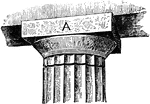
Abacus
"In architecture the slab or plinth which forms the upper member of the capital of a column or pillar,…
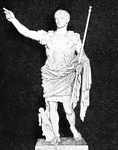
Augustus
"Augustus ruled for about forty-two yeras, that is, from 27 B.C. to 14 A.D., and this period is known…
